Our world is trying to tell us something,
To thrive in the future, we must rediscover our planet and our relationship with it.
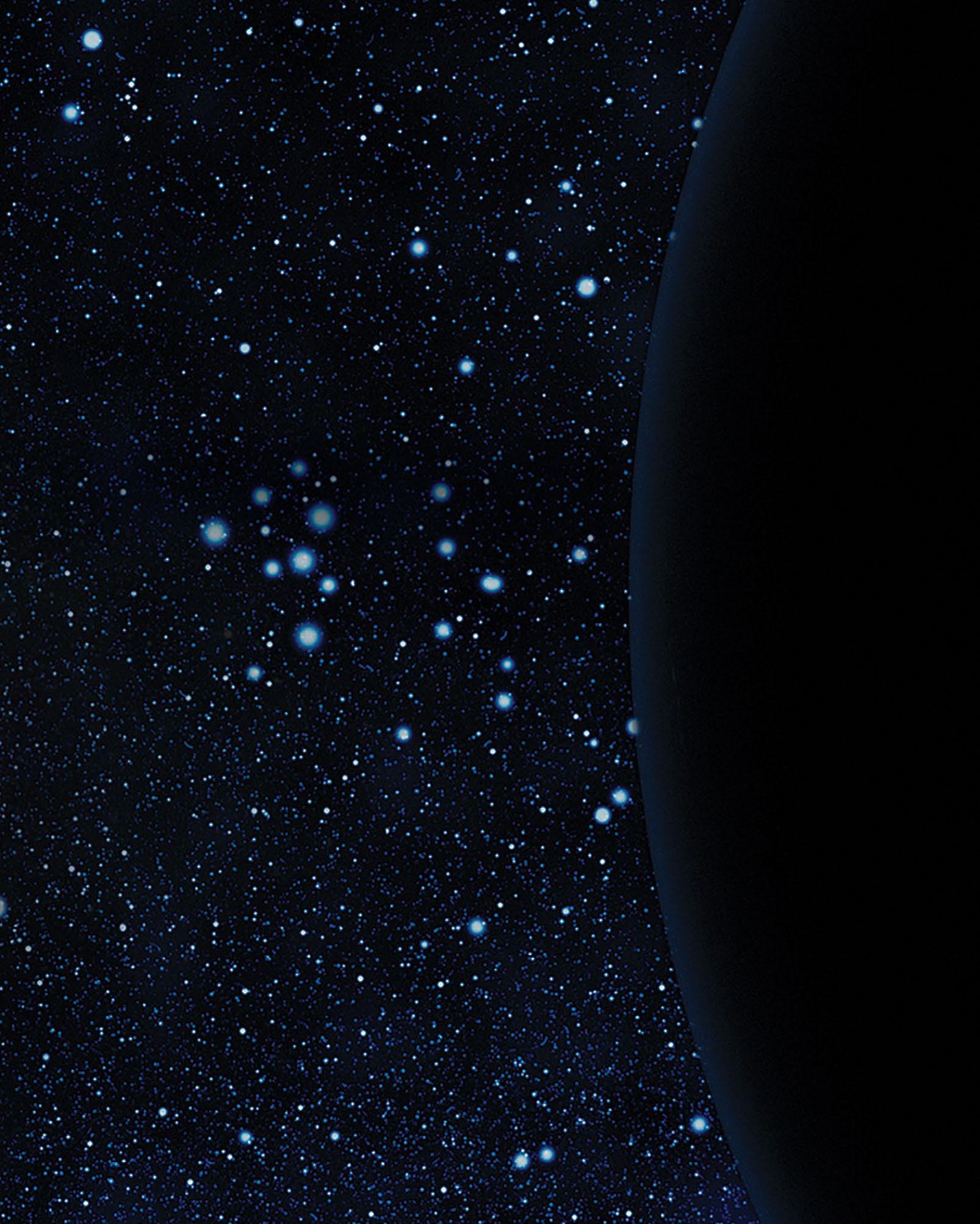
but for too long we haven’t listened.
2
Change starts at ASU
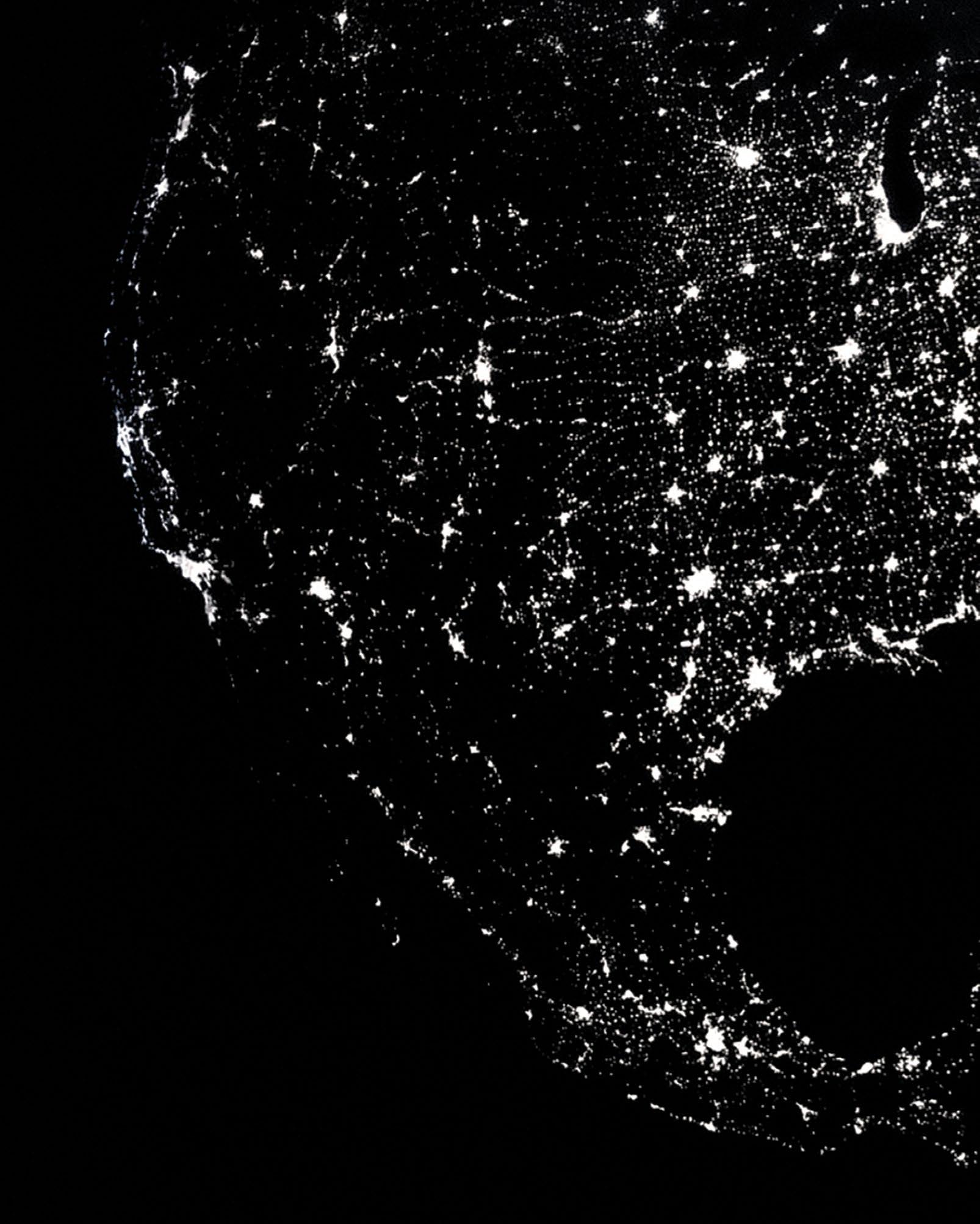
3
Our choices define our future
Miners in the Pniówek coal mine in Poland.
Poland, one of the largest producers of coal in Europe, is also one of the most polluted countries.

4
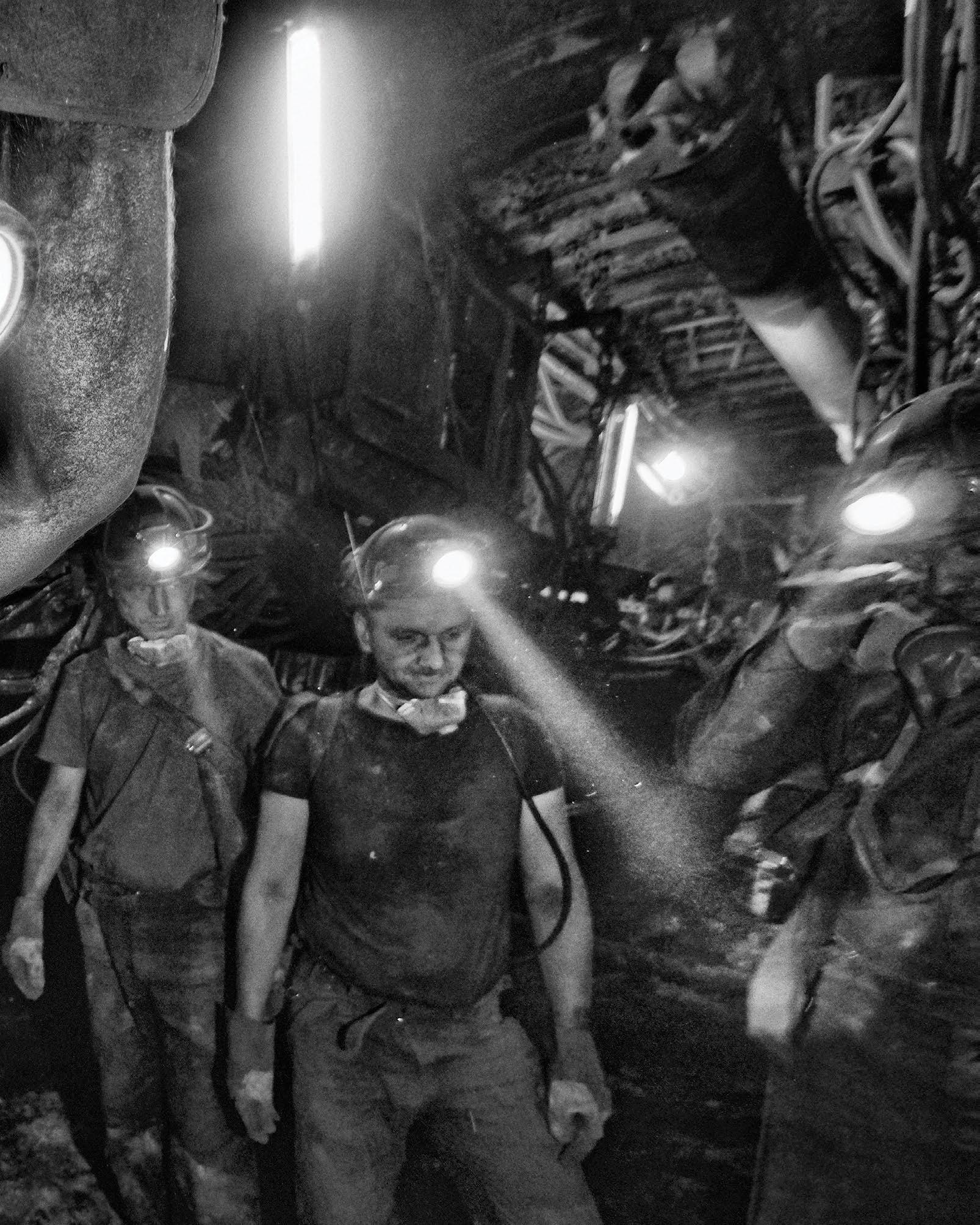

5
Humankind has reached an important threshold. Our relentless pursuit of progress through resource extraction and thoughtless consumption has created a devolving environment of changing climate, extreme weather, arid and inhospitable landscapes, pollution of vital water reservoirs and land, loss of biodiversity and services provided by natural systems, disease and ever-diminishing resources.


6
The challenges we face are the result of our choices.
We are now living in a decisive decade. The decisions we make in these crucial next 10 years will radically impact the opportunities we have or dictate the sacrifices we must make in the future.

We believe better is possible.

7
A section of Noor Ourzazate, the world’s largest solar farm in Morocco, creating visible reflections from the panel surfaces.
Understanding indicators of planetary health
Researchers from the ASU Center for Global Discovery and Conservation Science capture images of coral reefs around the world to track their health and potential for recovery from climate change impacts.

8


9
The Julie Ann Wrigley Global Futures Laboratory at Arizona State University is the world’s first entity dedicated to holistically reshaping our relationship with our world including its physical, environmental, societal and economic systems.

The Global Futures Laboratory represents the intellectual convergence of thousands

10
of years of human adaptation, aligned with ASU’s commitment to sustainability and ethical innovation as core values in learning and practices. It is a bold response to confront the existential threats facing our planet with speed, urgency, innovation and cooperation.
Our vision is a future in which life thrives on a healthy planet.
The Global Airborne Observatory is one of many tools engaged by the ASU Center for Global Discovery and Conservation Science to measure, evaluate and track the health of Earth’s biodiversity. Using bespoke technology, this flying laboratory enables ASU scientists and their partners from around the world to analyze the state of our planet’s corals and forests in unprecedented ways.


11


12
Powered by ASU, the Allen Coral Atlas generates never-before-seen analysis of the planet’s coral reef systems, among the most sensitive indicators of planetary health that includes coral bleaching and turbidity impacts. Its groundbreaking analysis is drawn from research that combines ground measurements, readings from the Global Airborne Observatory and satellite imagery.
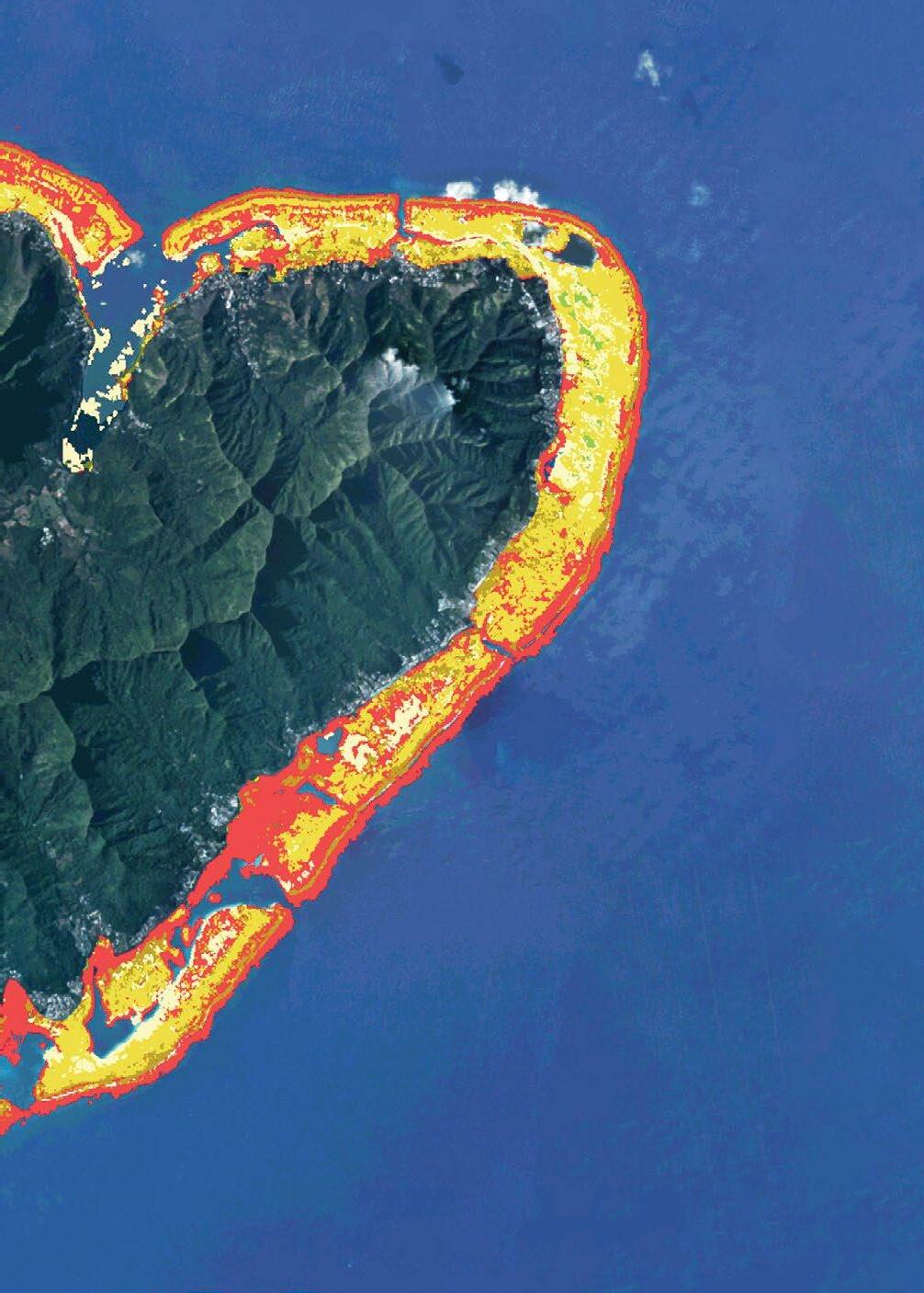

13
Improving well-being for all humankind
In recent years due to climate change, high tidewaters encroach upon and flow into homes such as this one in West Bengal, India. The effect of rising water levels not only causes residents to adjust how they live, it often causes climate migration.

14


15
Our ambitious goals require a new approach to challenges, one that is:

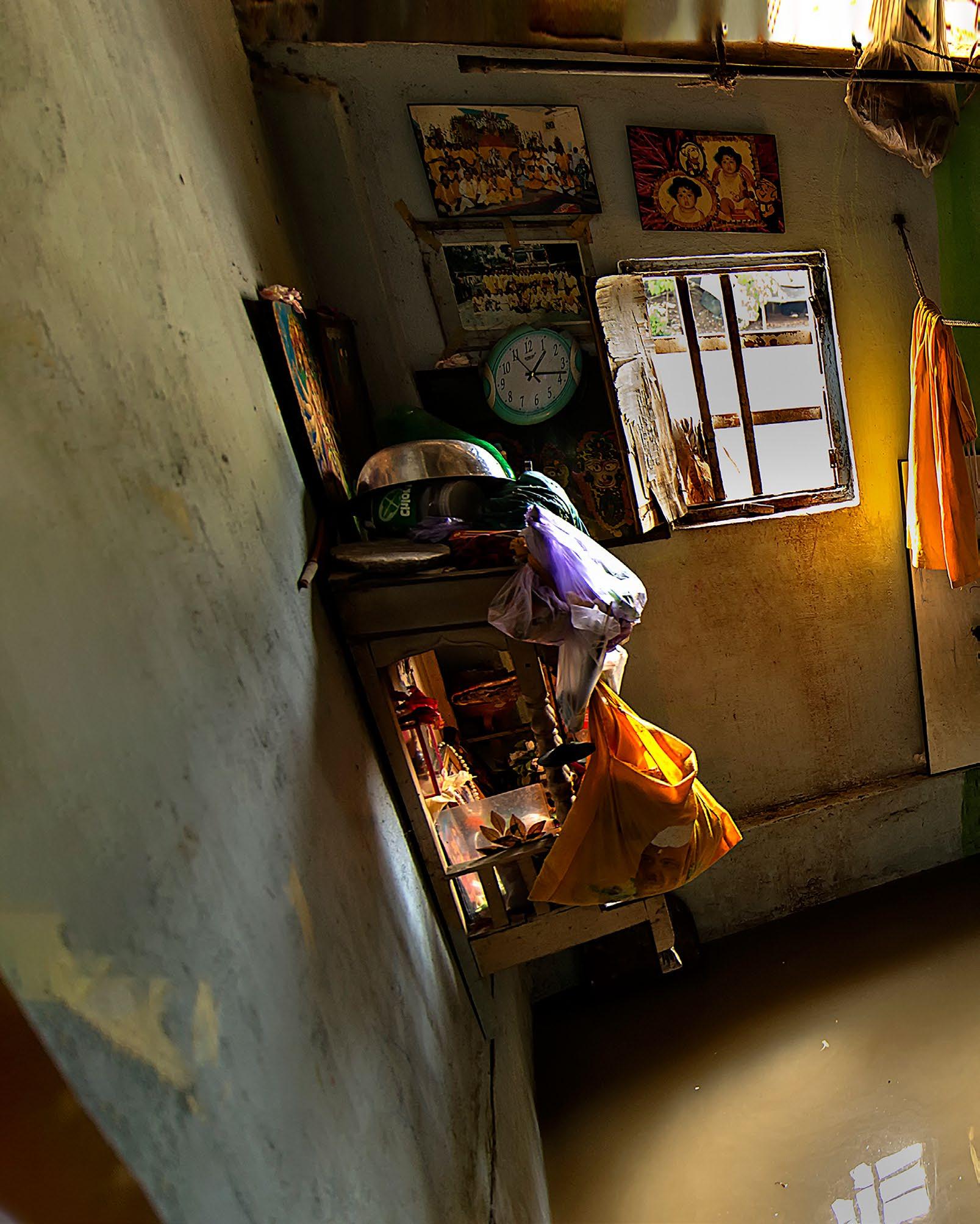
16
Transdisciplinary. By combining exceptional scholars in humanities, arts and social sciences with natural, engineering and medical sciences, we develop solutions that address the holistic, societal, systemwide nature of the challenge.
Students from around the world who typically would not have access to knowledge resources found in municipal libraries are now able to access them through tools such as SolarSPELL, a solar-powered digital library innovated by ASU senior Global Futures Scientist Laura Hosman (left).


17
Inclusive. No single organization, sector or nation can do this alone because a thriving global future includes all people, everywhere. We believe it is vital to honor and respect the wisdom and knowledge of people of all backgrounds.


18
Solutions-focused. By removing silos and barriers to collaboration across cultures, we rapidly translate ideas into tangible solutions that are scaled around the globe, building a shared future.
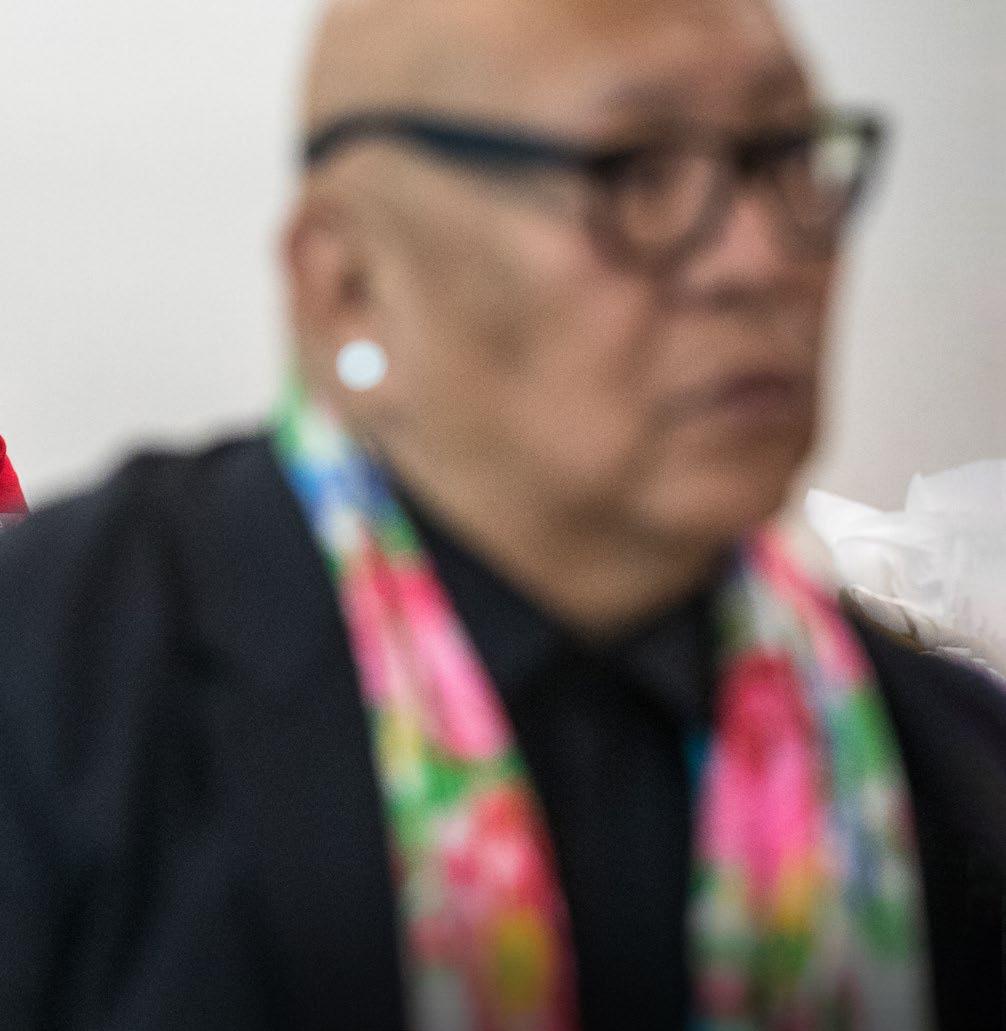
 Dean of Student Services at Tohono O’odham Community College Naomi Tom (left) and ASU American Indian Studies Assistant Professor Tennille Marley listen to the panel discussion, “What is Indigenous research? What does research in Indigenous communities look like?”
Dean of Student Services at Tohono O’odham Community College Naomi Tom (left) and ASU American Indian Studies Assistant Professor Tennille Marley listen to the panel discussion, “What is Indigenous research? What does research in Indigenous communities look like?”
19

—Peter Schlosser
Vice President and Vice Provost, Julie Ann Wrigley Global Futures Laboratory, Arizona State University
20
“Over centuries, humankind has asked our planet to give more than it has to offer and driven it toward its environmental and societal boundaries. To address this crisis under extreme time pressure, we have to face the daunting task of mobilizing intellectual and material resources of proportions never seen before, and we have to do it now.”
Peter Schlosser, former deputy director and director of research at The Earth Institute, founding chair of the Earth Institute’s faculty, and one of the planet’s leading environmental physicists , leads the Julie Ann Wrigley Global Futures Laboratory and guides its evolution, rooted in the vision of our founders, ASU President Michael M. Crow and Julie Ann Wrigley.
Schlosser is a globally respected leader, thinker, innovator and scholar. During his more than three-decade career, his research expanded from the study of water movement and its variability in natural systems to include global change and humans’ impact on the natural world. His fieldwork spans the global oceans — including icebreaker excursions to the North Pole and the waters around Antarctica — as well as continental waters, in order to understand how the planet is reacting to the impacts of the Anthropocene. He possesses extensive knowledge on the undue pressures that humans are placing on the Earth’s systems and societies due to over extraction of resources, emission of greenhouse gases and other pollutants, and societal conflicts.
Yet, in a field characterized by dire, worse-than-we-thought reports and climate anxiety, Schlosser remains optimistic that humans can implement solutions to the systemic crises we face, including climate change.
It was the relationship between humans and the planet that attracted Schlosser to environmental physics. At the University of Heidelberg, where he obtained his master’s and PhD degrees, he recognized the broad spectrum of topics encompassed by physics and discovered the breadth of subtopics within the science, including the emerging field of environmental physics.
His work has demonstrated that trace substances from human activity have penetrated Earth’s natural systems from the outer atmosphere to the deep ocean. He has found human fingerprints everywhere and uses the spreading patterns and velocities of these substances to understand the spatial and temporal scales of the impact of human activities on our planet’s life-supporting systems.
Learn more about Peter Schlosser
21

“It’s people who cause the most daunting challenges we face. Thus, it’s people — with the right knowledge, tools and experiences — who can change the current planetary trajectory to a more hopeful, more positive one.”
22
— Julie Ann Wrigley
Julie Ann Wrigley
A philanthropist with a vision
Julie Ann Wrigley has been instrumental to ASU’s effort to address global challenges from the very beginning She was invited to participate at ASU’s retreat in Temozón, Mexico, where she witnessed the deep academic commitment to sustainability and global health and came to appreciate ASU’s unique position and opportunity to lead change. This led her to becoming the founder and co-chairperson of the Julie Ann Wrigley Global Institute of Sustainability and Innovation, launched in 2004. The world’s first School of Sustainability, opened in January 2007, is a direct result of her commitment and philanthropy. Each represented a foundational step towards the creation of the Julie Ann Wrigley Global Futures Laboratory.
Her affinity for ASU quickly grew through a kindred devotion to inclusivity, practical research and transcending traditional university disciplines. Through the Julie A. Wrigley Foundation, a private foundation committed to the environment, health care and education, Wrigley has invested millions to pursue sustainability insights and solutions. Her commitment to working toward a better future for all goes well beyond money invested, with Wrigley contributing her time, experiences and passions to dealing with real-world challenges.
Learn more about Julie Ann Wrigley


23
Imagine the potential of an institution comprised of …
Celebrated scientists devoted to innovative methods for removing carbon from the atmosphere without generating additional energy, which will prove instrumental to mitigating the global temperature rise and meeting the goal of the 2015 Paris Agreement.

Dedicated public servants and teachers educating the food and agriculture experts of today and tomorrow how to approach sustainable food generation and food security through a new lens that will lead to new policy approaches.
Explorers who use their appreciation for the ocean and homelands to understand how current climate conditions are causing harmful change, teaching the next generation to be better stewards of both the planet itself and the knowledge of it.


24
Ocean scientists based in Hawaii and Bermuda who study the health of our global oceans and how best to protect them, thereby benefitting the health of the entire planet.

More than 800 collaborators comprise the Global Futures Scientists and Scholars network, conducting their work across 14 interconnected focal areas.
Chemists with corporate international relations experience, working to develop the next clean energy sources that harness the power of the sun.

Humanities-oriented scholars who understand the connection between human experience and science, and demand that the voices of the world’s societies, beginning with Indigenous knowledge and customs, are integrated into the formation of potential futures to ensure equity and access for all.
Learn more about Global Futures Scientists and Scholars

Our faculty, staff, students and partners are working on this important challenge today, and more will join us in the future from around the globe, as we are an institution of many places.
25
Where past and future converge
The Rob and Melani Walton Center for Planetary Health is a 280,000-square-foot flagship research facility and is outfitted with more than 70,000 square feet of research space and classroom capacity for more than 300 students. The design is purposefully centered around empowering collaboration, which makes it a vital tool in ASU’s endeavor to shape thriving global futures for all of Earth’s inhabitants.

26


27
The Global Futures Laboratory is headquartered in the newly opened Rob and Melani Walton Center for Planetary Health . This state-ofthe-art facility for collaboration and innovation


28
connects scientists, scholars, staff, students and partners across the globe, including our own hubs in Washington, D.C., Los Angeles, Hawaii and Bermuda.


29
The Walton Center is the embodiment of Rob and Melani Walton’s commitment, through the Rob and Melani Walton Foundation, to ASU’s decades-long work around sustainability and planetary health.
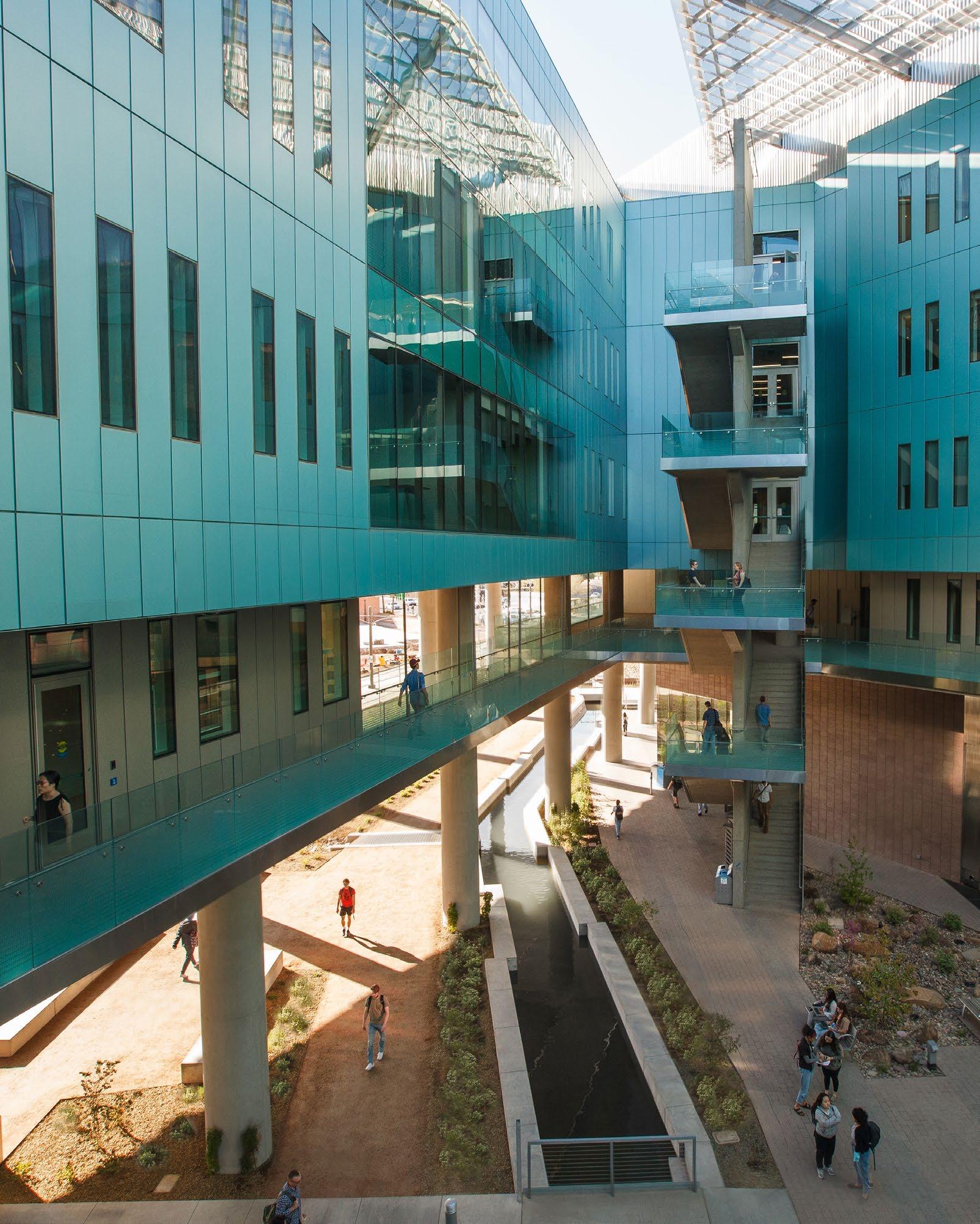
30
The Walton Center sits at a convergence of three historic human technologies: a functioning irrigation canal first developed by the Hohokam people more than 2,000 years ago and used today by a local utility, the remnants of a rail line from the late 1800s that carried locally grown produce to central distribution hubs, and traces of the nation’s first coast-to-coast highway that now sits adjacent to Arizona’s busiest intersection and a primary mass transit station.
Thanks to revolutionary use of a Glass Fiber Reinforced Concrete material developed at ASU and the integration of water-based climate control, the Walton Center for Planetary Health is on track to create a 26% reduction in global warming potential compared to similar sized conventional buildings being built today.

The structure is able to capture 100% of the rainfall onto the building and redirect it to the landscape that comprises Arizona native riparian habitat vegetation.
The building is on track to achieve LEED Platinum certification from the U.S. Green Building Council, based on the more stringent LEED v4.1 standards.
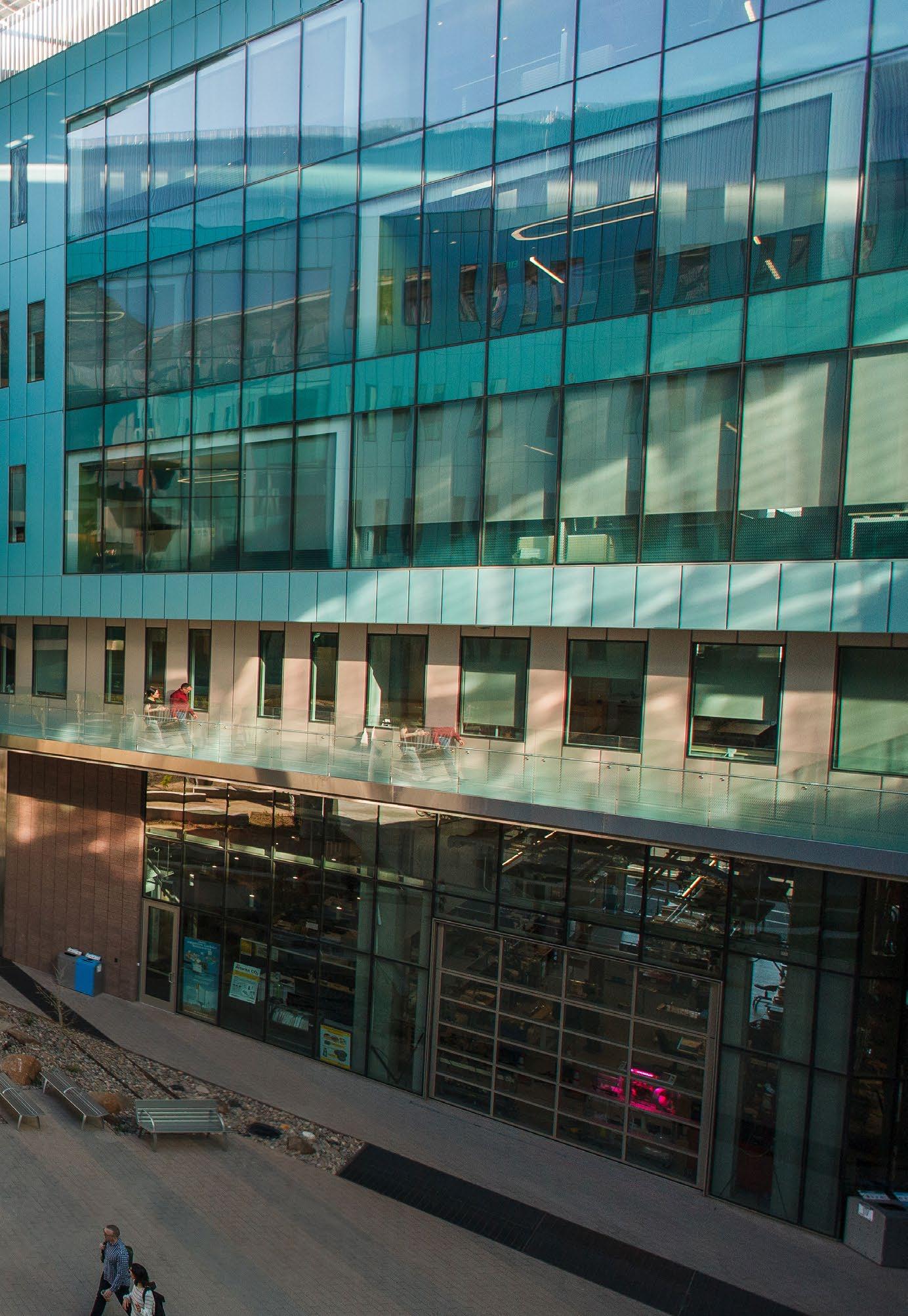
31
Convening and integrating knowledge systems
The 2022 Global Futures Conference was designed to establish a new set of must-have priorities and corresponding must-do actions to reset humanity’s balance with the planet. The initial report from the 2022 conference was shared at COP27 in Sharm El-Sheikh, Egypt.

32


33
© European Union 2016 - European Parliament.

 Delegates applauding the signature ceremony, ratification by the European Union of the Paris Agreement signing in 2016.
Delegates applauding the signature ceremony, ratification by the European Union of the Paris Agreement signing in 2016.
34
An enterprise unlike any other, the Global Futures Laboratory brings academia, government, NGOs and industry together to discover, ideate and innovate.
Together, we are creating global solutions that transcend the limitations of past efforts and deliver on the promise of real change. This unique potential has been recognized through the development of partnerships with prominent, like-minded global entrepreneurs.
In September 2022, the Global Futures Laboratory hosted the inaugural Global Futures Conference with the Earth League in New York, with the goal of setting critical actions for global transformational change. More than 200 global stakeholders actively participated in this conference.

35
Global Futures Laboratory work is deployed across five core spaces






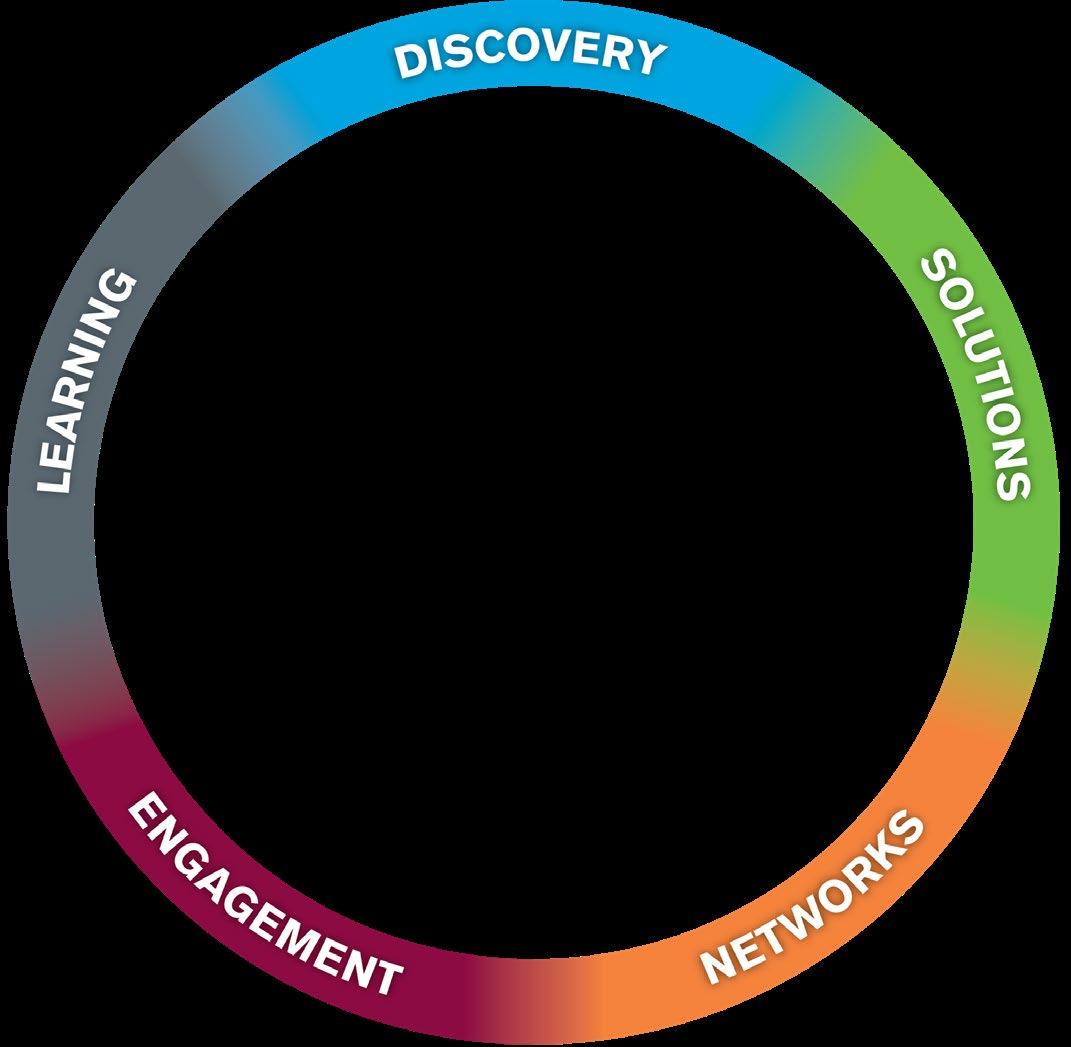

36
SOLUTIONS NET ENT
Discovery
Through research, we understand Earth’s systems and project into the future. Leveraging the tools and expertise of transdisciplinary research institutes, centers and facilities across Arizona State University and our global network of research partners, the Global Futures Laboratory generates new ideas to solve problems. The units that work across this space include the Global Institute of Sustainability and Innovation, the Bermuda Institute of Ocean Sciences, the Center for Global Discovery and Conservation Science, the ASU-Starbucks Center for the Future of People and the Planet, the Global KAITEKI Center, the Knowledge Exchange for Resilience and the Humanities Lab, among many others.
Learning
A pioneer in transmitting knowledge to diverse audiences according to their needs and priorities, the Global Futures Laboratory works synergistically with leading schools across the university and around the world to provide education and training opportunities at all stages of learning within and outside of academia. The evolution of discovery and learning across environmental science, sustainability, responsible innovation and complex systems drove the creation of the four transdisciplinary first-oftheir-kind schools housed within the College of Global Futures: The School of Sustainability, the School for the Future of Innovation in Society, the School of Complex Adaptive Systems and the School of Ocean Futures.
Solutions
The Global Futures Laboratory is configured to address problems with urgency and provide solutions on a local-to-global scale, working directly with most affected communities. These practical solutions are developed and applied with partners through programs such as the Rob and Melani Walton Sustainability Solutions Service, LightWorks®, the Center for Negative Carbon Emissions and the UREx Sustainability Research Network. Active solutions already in place include the Mechanical Tree™ developed in partnership with Carbon Collect Ltd., Holistic Water Solutions developed through USAID and microgrid solutions developed through the Laboratory for Energy and Power Solutions.
Engagement
In order to drive real change, the Global Futures Laboratory convenes, listens to, and works with communities and organizations so that we can integrate on-the-ground, practical knowledge and experiences. By engaging with policymakers, business owners and community members, we generate realistic, sustainable solutions that can have positive impact. This exchange takes place through conferences, festivals, narrative development and storytelling, gamification and interaction with ASU’s Decision Theater.
Networks
To achieve a critical mass of intellectual resources needed to address challenges, the Global Futures Laboratory partners with leading institutions around the world such as the United Nations, Conservation International, The Earth League, The Sustainability Consortium, the New Carbon Economy Consortium, Vital Voices and the International Leadership Institute.
37
A laboratory designed for a thriving future
Institutional structures created hundreds of years ago have not been successful at solving complex 21st century challenges. The Julie Ann Wrigley Global Futures Laboratory is organized to optimize impact across the five core spaces of discovery, learning, solutions, engagement and networks.
ARIZONA STAT E UNIVERSITY
School of Complex Adaptive Systems
College of Global Futures
School for the Future of Innovation in S ociety
School of Ocean Futures
School of Sustainability
Global Networks and Partnerships
Laboratory
Global Institute of Sustainabilit y and Innovation
Global Engagement Programs
Rob and Melani Walton Sustainabilit y Solutions Service
Julie Ann Wrigley Global Futures
38
Julie Ann Wrigley Global Futures Laboratory
Julie Ann Wrigley Global Futures Laboratory deploys a comprehensive approach of thought leadership and applied solutions development across five core spaces and 14 focal areas to address our planetary and human systems.
LEARNING
systems of health food systems extremes
biosystems
human sciences systems modeling
Julie Ann Wrigley
Global Futures Laboratory
human economies
•
Indigenous knowledges governance and decisionmaking
narratives solutions
new energy systems
water
future cities
NETWORKS ENGAGEMENT
DISCOVERY SOLUTIONS
I NNOVATION COMPLEXITY
TRANSFO RMATION
39
A thriving planet includes everyone
As an engineering doctoral student, Mark Huerta (left), formed 33 Buckets with fellow engineering students in 2011. The nonprofit’s mission is to create filtration systems and sustainable infrastructures for developing countries with no access to clean drinking water.

40
Broad, societywide equity is essential to a brighter future. We must ensure that all people are involved in making smart choices for the planet. We must also ensure that they all share in the wealth, stability and resources our societies offer, and that they are free to think and act from stable living conditions without threats to subsistence.
Just as we strive to create a healthier planet and population through these principles, we are committed to fostering an environment within the Global Futures Laboratory where everyone feels safe to make their voices heard.
As we pursue solutions, our scholars ask, “Who is contributing solutions? Who do the solutions benefit? Who is missing from the conversation?” We believe a better future is one that includes everyone, and we stand by our commitment to culturally responsive programming in everything we do.

41
Decision support for better choices
ASU’s Decision Theater integrates diverse, complex models and datasets to help stakeholders see — literally — the consequences of decisions through stateof-the-art visualization.

42
The decisions we make today will determine whether our global future is one of sacrifice, or one of opportunities. But how do we make good decisions around challenges that are global, complex and interconnected?
The Global Futures Laboratory brings together researchers, policymakers, industry stakeholders and community leaders and connects them with advanced analytics, modeling, integration and visualization tools to help them understand and explore solutions to complex issues.
Through these tools, stakeholders can combine multiple data sets and simulate the effects of different decisions under a variety of conditions. This allows them to see the effects of those decisions before they happen.
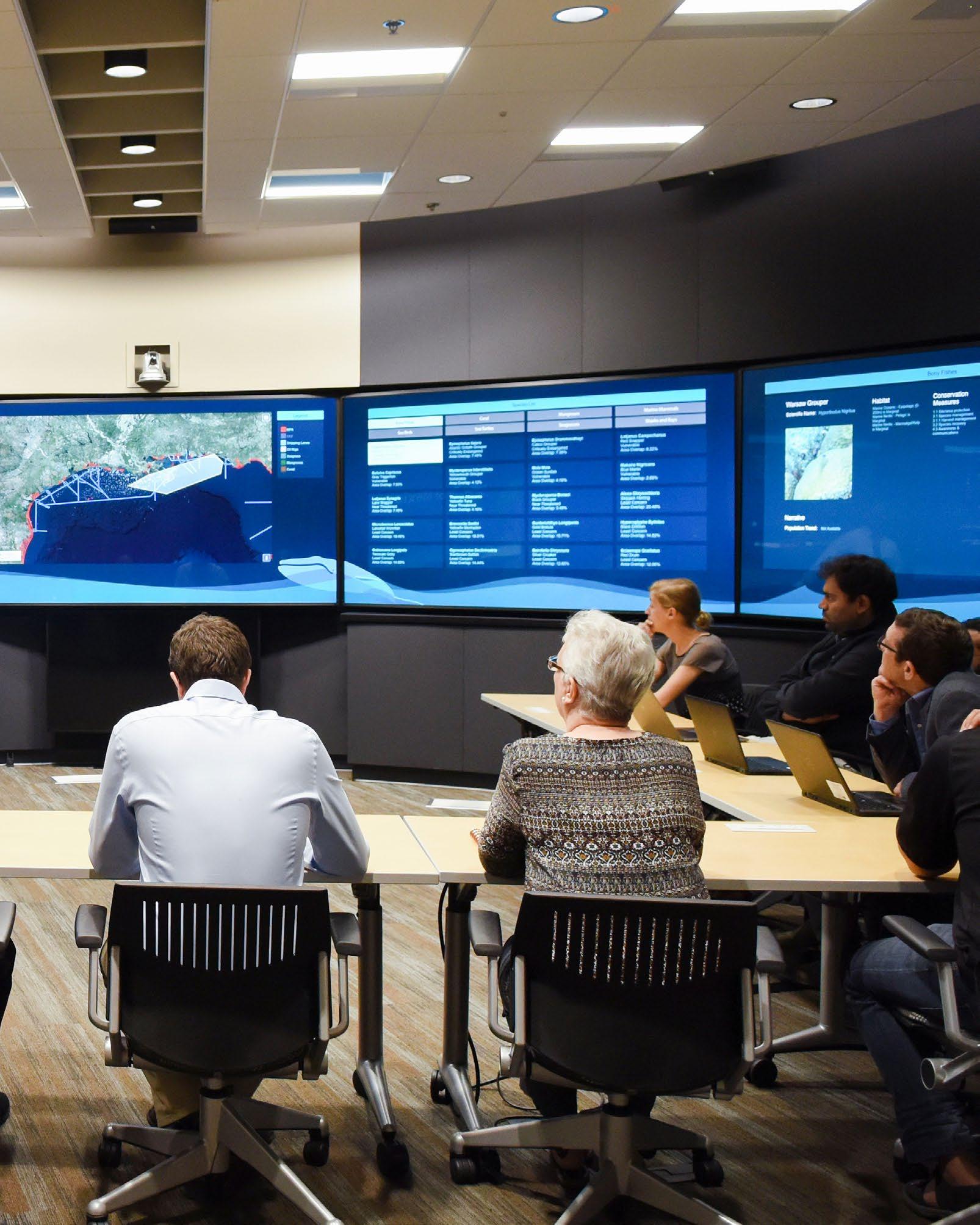
43
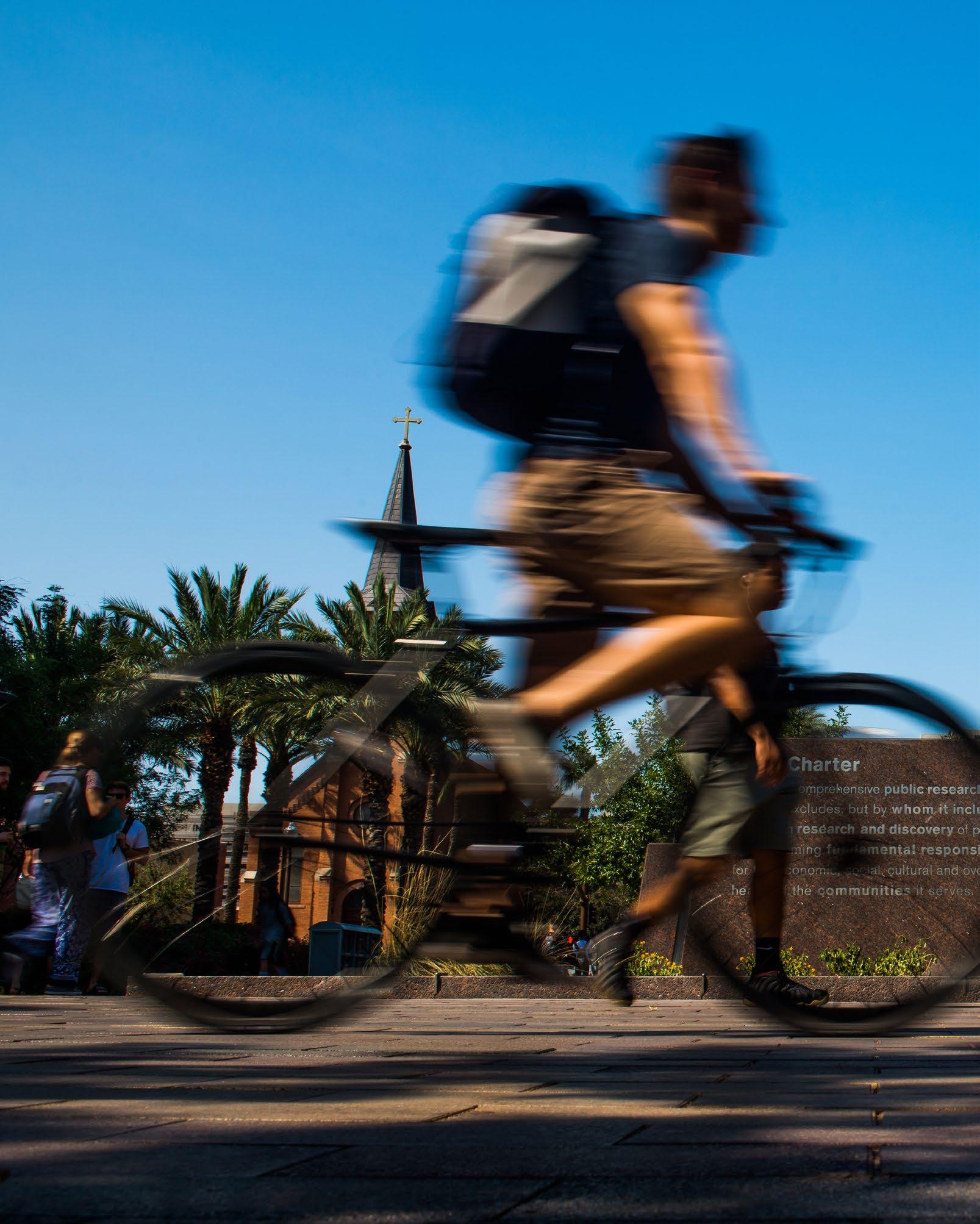
“We are inspired by the largest international laboratories devoted to important human endeavors, and believe it’s in the interest of humankind to build something on that scale devoted to our collective global future.”
44
— ASU President Michael M. Crow during the launch of the Global Futures Laboratory in 2019

45
Building toward a future of opportunity
The United States celebrates the first Earth Day, which is now celebrated in 193 countries.
1760



1815

1970
Mount Tambora in Indonesia erupts. It is one of the most powerful in recorded history, and it causes a volcanic winter that leads to global cooling and crop issues across the Northern Hemisphere.

Chemist

concludes that
the atmosphere, and that human-caused CO2 emissions, such as fossil fuel burning and combustion, can cause global warming.
World War II destabilizes societies with grave consequences.
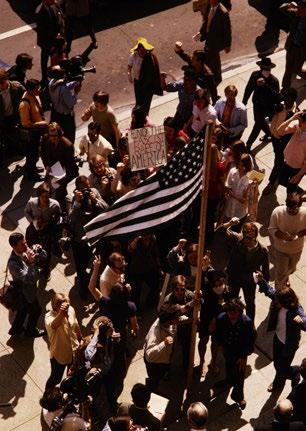
 The Industrial Revolution , fueled by the gamechanging use of steam power, begins.
Illustration: T. Allom
1856
American scientist Eunice Newton Foote documents the underlying cause of today’s climate change crisis.
Photo: NASA
1896
Svante Arrhenius
CO2 warms
Photo: Journal of Physical Chemistry, Volume 69, 1909.
1939-1945
Brundtland on sustainable development authors definition sustainability.
Photo:
The Industrial Revolution , fueled by the gamechanging use of steam power, begins.
Illustration: T. Allom
1856
American scientist Eunice Newton Foote documents the underlying cause of today’s climate change crisis.
Photo: NASA
1896
Svante Arrhenius
CO2 warms
Photo: Journal of Physical Chemistry, Volume 69, 1909.
1939-1945
Brundtland on sustainable development authors definition sustainability.
Photo:
46
Brundtland Report sustainable development authors foundational definition of sustainability.

UN
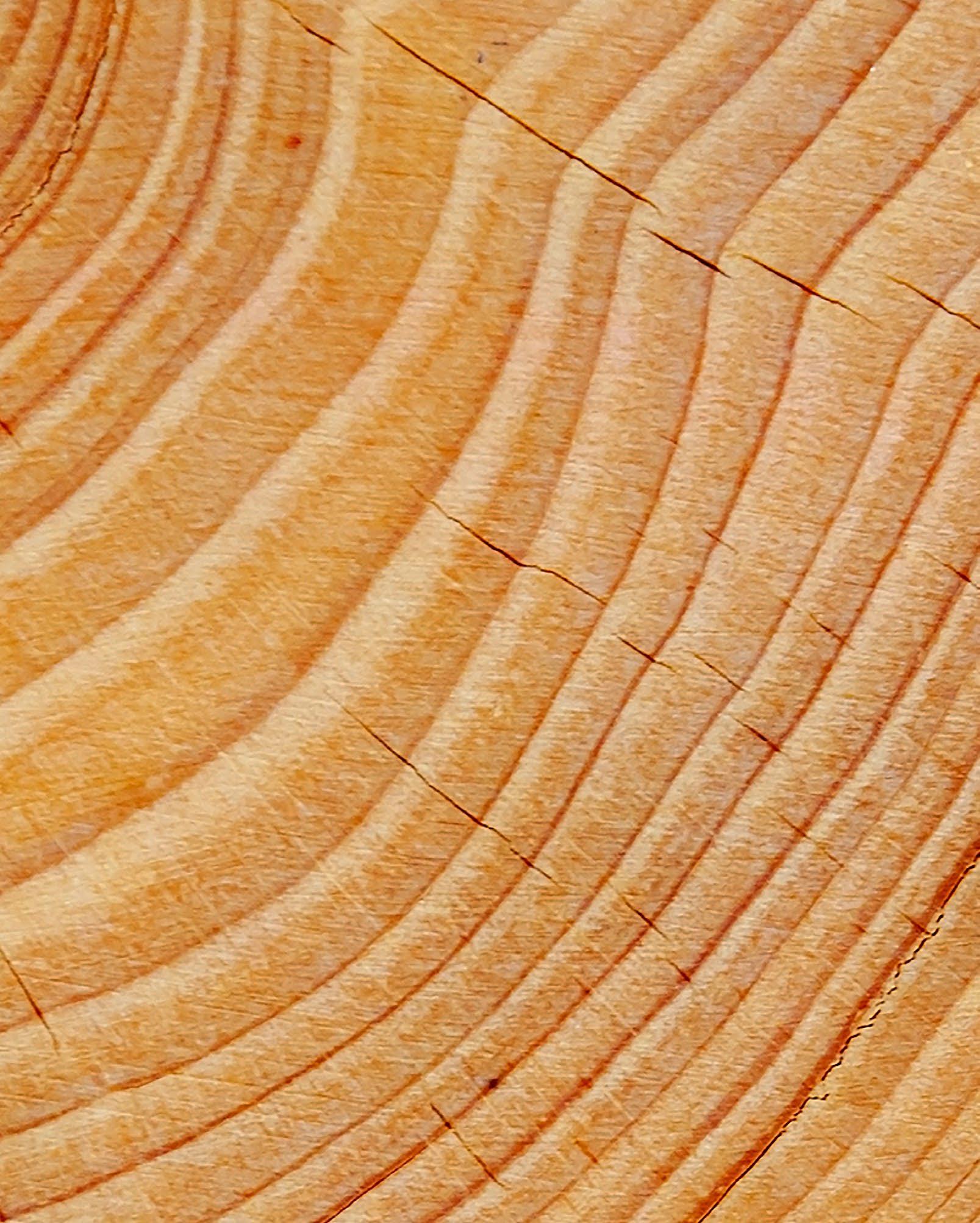
The Central ArizonaPhoenix Long-Term Ecological Research Project seeds ASU’s commitment to and leadership of long-term tracking of planetary behavior in response to human-created pressures.
The Global Institute of Sustainability and Innovation launches as ASU’s hub to advance interdisciplinary research on environmental well-being, economic prosperity and social justice.


destabilizes

A vision emerges for ASU’s Center for Environmental Studies, a multidisciplinary environmental research center that is the foundation for the university’s commitment to sustainability education and research.

At the Rio Earth Summit, 154 nations agree to a new treaty — the U.N. Framework Convention on Climate Change — to combat “dangerous human interference with the climate system.”
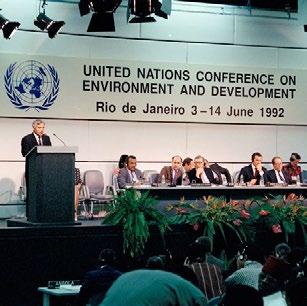
Photo: legal.un.org
Michael M. Crow becomes ASU’s 16th president, bringing with him a commitment for ASU to become a leader in sustainability.

1997
2004
1971 1992 2002
1987
Photo:
47
The Rob

ASU opens Decision Theater® to allow greater global collaboration and visualization, aiding real-time decision-making, modeling and forecasting.
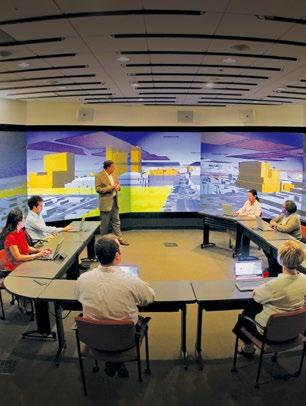


Solutions Initiatives opens to facilitate ASU’s goal to solve global challenges, educate future leaders and engage the public.
ASU establishes the pioneering School for the Future of Innovation in Society to focus on joining the social and technical aspects of innovation.
ASU realigns its sustainability and futures initiatives with the creation of the Julie Ann Wrigley Global Futures Laboratory. globalfutures.asu.edu
ASU establishes the nation’s first School of Sustainability to educate future generations of scholars and practitioners who are committed to developing solutions to the most pressing global issues.


The Sustainability Consortium , an ASU-led global nonprofit, is established to construct consumer product standards and supply chain modeling.

ASU achieves the largest solar energy capacity of any university nationwide.

196 parties adopt the Paris Agreement , an international climate treaty pledging to undertake actions that will limit global warming to 1.5–2 degrees Celsius compared to pre-industrial levels to reduce the worst risks of climate change.
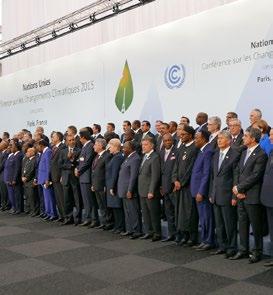
2006 2007 2009 2012 2013 2015
and Melani Walton Sustainability
48
ASU and the Global Futures Laboratory push the evolution of the study of planetary futures with the formation of the College of Global Futures, dedicated to creating a sustainable, equitable and vibrant future for all.


The Bermuda Institute of Ocean Science joins ASU, thereby expanding GFL’s capacity to explore global oceans and their role in the climate system.
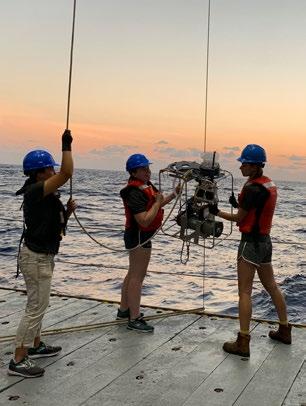

The new headquarters for the Julie Ann Wrigley Global Futures Laboratory opens, providing students, faculty, researchers and partners a collaborative space unlike any other that houses research labs for biological sciences, engineering, life sciences and sustainability. The building’s design and construction are on track to meet LEED-Platinum specifications.
The Global Futures Laboratory and the Earth League convene the inaugural Global Futures Conference, bringing together international leaders in business, industry, academia, activism and government to define the 10 essential transformations for a thriving future for humans and Earth’s inhabitants.

ASU establishes the Center for Global Discovery and Conservation Science, focused on mitigating and adapting to global environmental change.
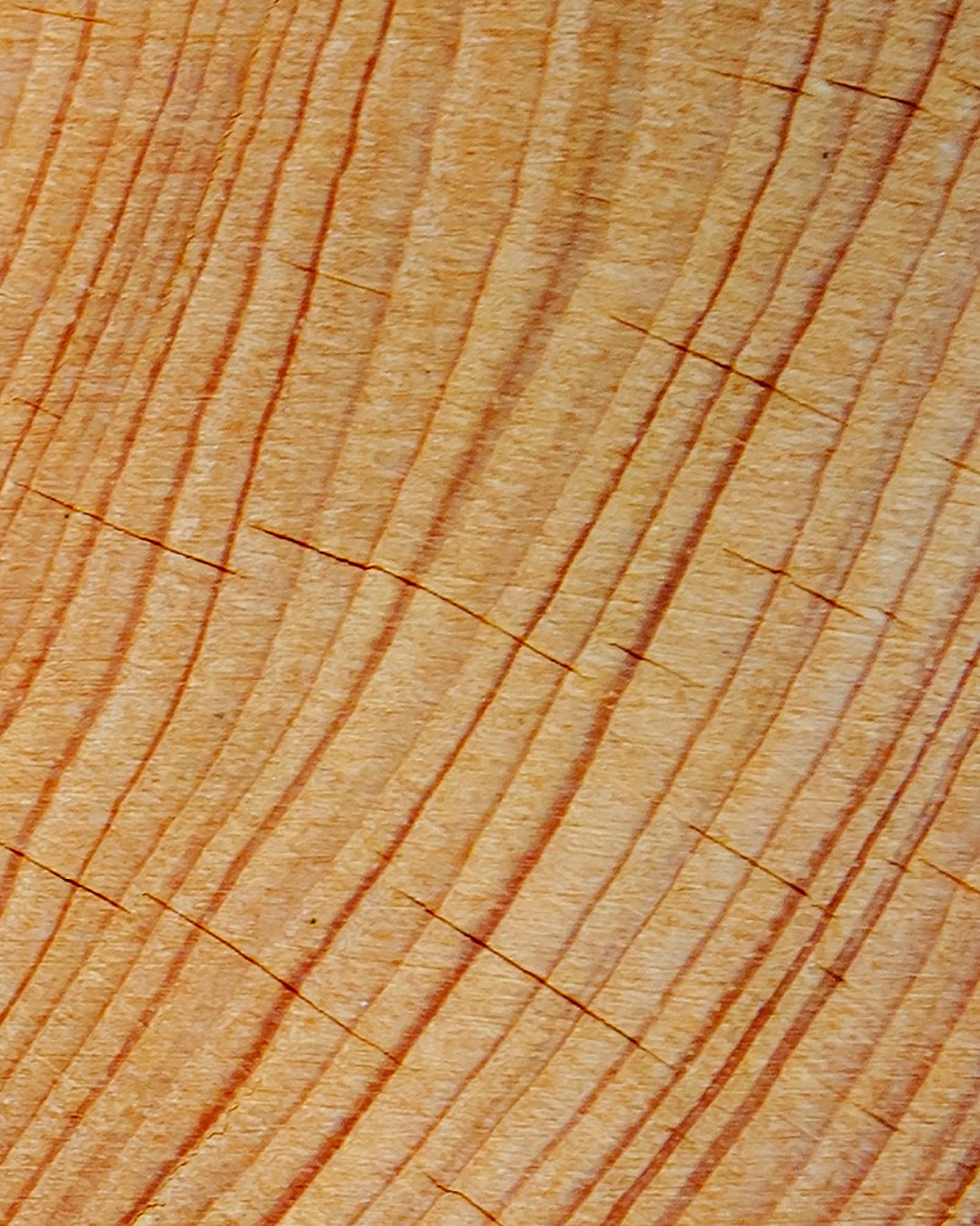
ASU is recognized as the top university in the U.S. for global impact by Times Higher Education.


In partnership with Carbon Collect Ltd., the first MechanicalTree™ , a pioneering carbon capture mechanism to help the planet meet the global warming temperature limits established by the Paris Accords, is installed on the ASU Tempe campus.

2015 treaty global degrees
2021 FUTURE 2022 2020 2019
49
Help us design a future of opportunities
The decisive decade is upon us. Our choices in this moment will define the nature of our existence on the planet for generations to come.
The Global Futures Laboratory is committed to creating a future of opportunities, not sacrifices. But we can’t do it alone.
Every person on Earth has a role to play. We invite you to contribute your talent, voice, energy or resources to helping us bend the arc of human history toward a vibrant, equitable and healthier future.
Learn more about ASU’s Global Futures Laboratory
Technologies focused on mitigating climate change, including the capturing of carbon from our planet’s atmosphere, sits at the core of the Global Futures Laboratory’s research portfolio. The MechanicalTree,™ developed by Carbon Collect Ltd. and based on research by Klaus Lackner and the ASU Center for Negative Carbon Emissions, was installed on the ASU Tempe campus for initial testing to demonstrate its efficiency in removing harmful carbon from the air to help limit global warming.

50
globalfutures

.asu.edu Produced by ASU Knowledge Enterprise. © 2023 Arizona Board of Regents. All rights reserved. GFL viewbook PDF - 02/23 51
Hey.
up? Maybe
Our world is trying to tell us something. To thrive in the future, we must rediscover our planet and our relationship with it. We need a vision for better that brings all the voices to the table and focuses on long-term opportunity. The conversation starts here.
globalfutures.asu.edu

Are you
we should
Reshaping our relationship with our world —Earth
talk?




































































 The Industrial Revolution , fueled by the gamechanging use of steam power, begins.
Illustration: T. Allom
1856
American scientist Eunice Newton Foote documents the underlying cause of today’s climate change crisis.
Photo: NASA
1896
Svante Arrhenius
CO2 warms
Photo: Journal of Physical Chemistry, Volume 69, 1909.
1939-1945
Brundtland on sustainable development authors definition sustainability.
Photo:
The Industrial Revolution , fueled by the gamechanging use of steam power, begins.
Illustration: T. Allom
1856
American scientist Eunice Newton Foote documents the underlying cause of today’s climate change crisis.
Photo: NASA
1896
Svante Arrhenius
CO2 warms
Photo: Journal of Physical Chemistry, Volume 69, 1909.
1939-1945
Brundtland on sustainable development authors definition sustainability.
Photo:



































